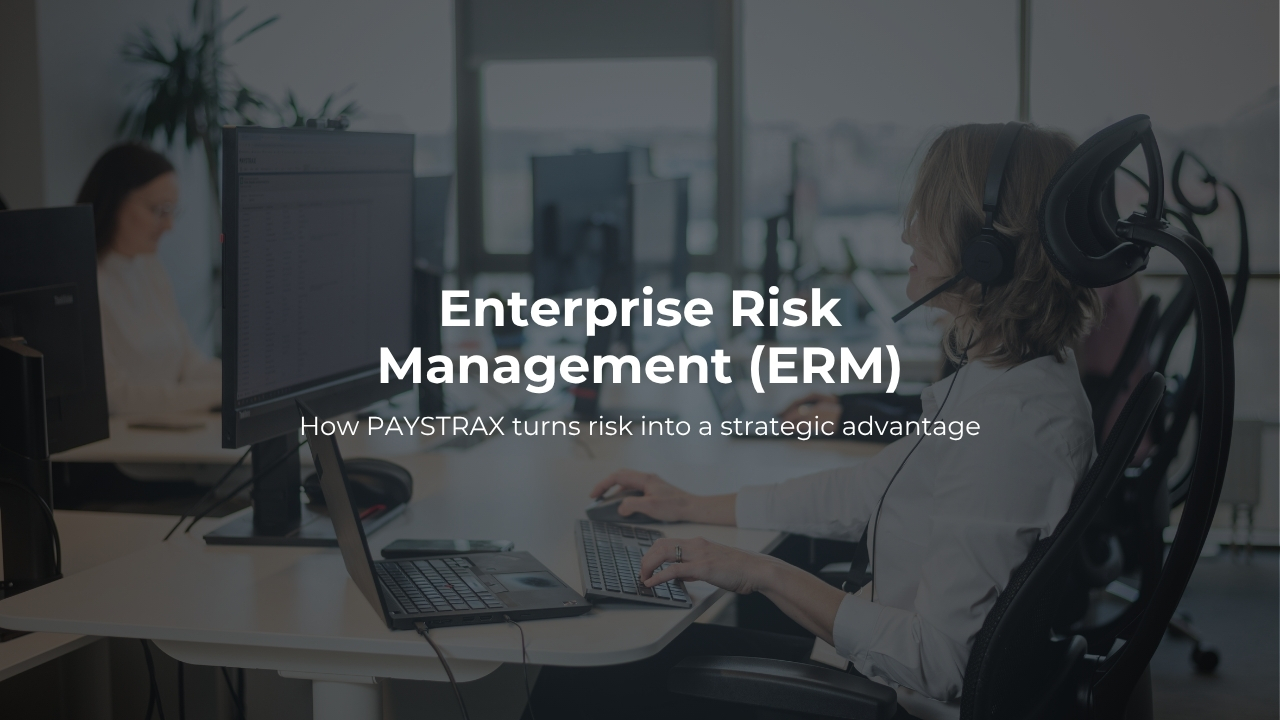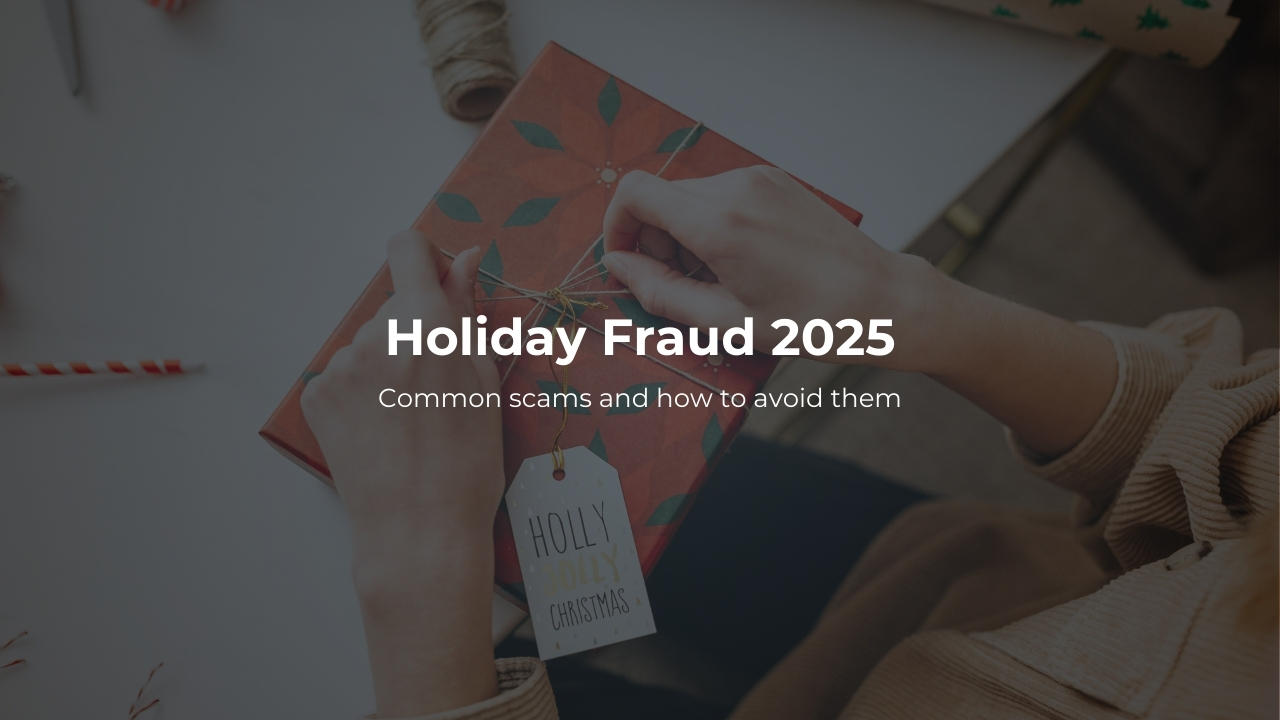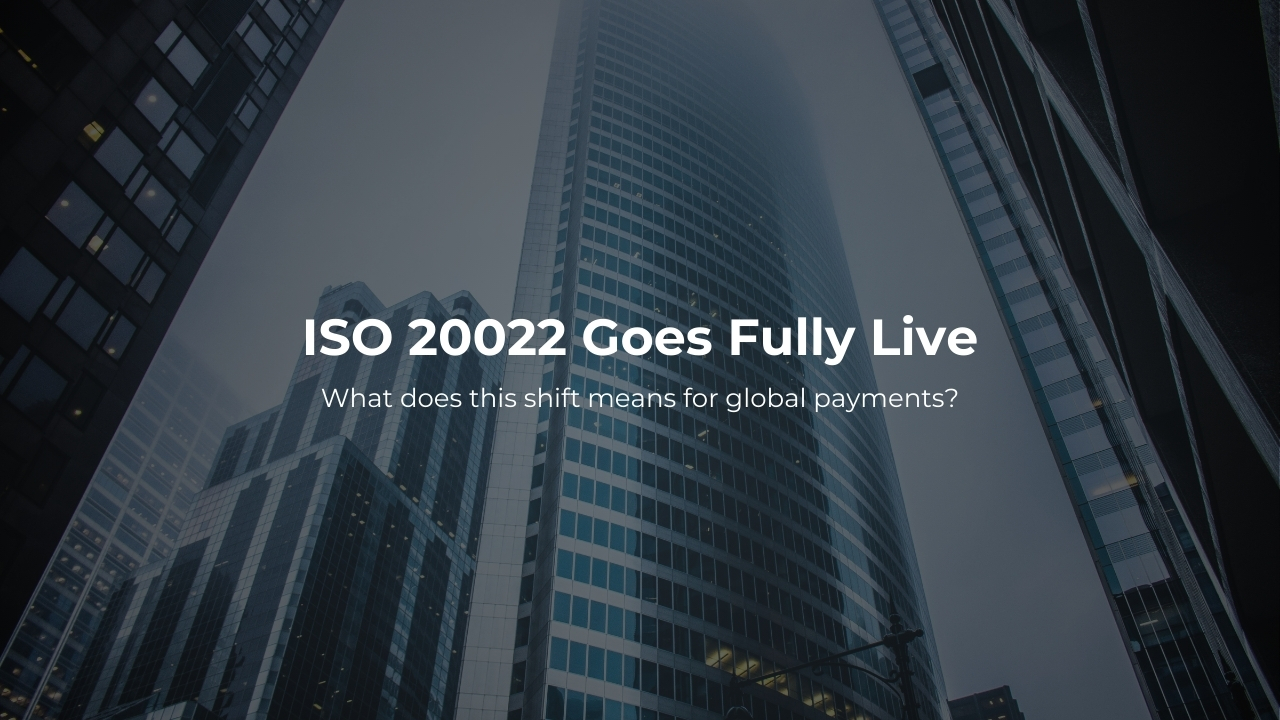Today, uncertainty is the only constant. From cybersecurity threats to shifting regulations, businesses face more risks than ever before, and the financial sector feels it most.
At PAYSTRAX, we share that view. In an industry where change happens fast, risk management isn’t just about control or compliance but also about how we stay resilient, adaptable and one step ahead.
Enterprise Risk Management (ERM) helps us do exactly that. It’s our way of understanding where we’re exposed, how quickly we can react, and how we can turn uncertainty into opportunity and manage small issues before they grow into big ones.
Proactive, not reactive
The best risk management doesn’t wait for something to go wrong. It anticipates what might happen next.
That’s why we make use of Key Risk Indicators (KRIs), especially leading indicators, to anticipate challenges in areas such as ICT resilience and Cyber Security, outsourcing, and compliance, helping us prepare instead of react.
By combining data-driven insights with human judgement, we can see around corners and act fast. It’s how we turn potential fragility into foresight.
The Three Lines of Defence
Effective ERM is built on sound governance. Our governance structure follows the Three Lines of Defence, ensuring accountability across every level of the organisation:
First Line: Business teams own their risks and are empowered to manage them day to day.
Second Line: Risk and Compliance provide oversight, challenge, and support.
Third Line: Independent Audit assures that controls are effective.
This structure is reinforced by Advisory Groups which support the Board when required, giving leadership full support, visibility and ensuring strategic decisions are informed by a clear understanding of risk.
Building a risk-aware culture
ERM is more than a framework, it’s a mindset.
Everyone has a role to play. From identifying early warning signs to speaking up when something feels wrong, each person helps maintain a healthy, transparent environment.
That’s why training and awareness play such a critical role. By strengthening knowledge across the organisation, we build a culture where risk management is part of daily decision-making, not just an afterthought.
Turning Regulation into Strength
Regulations are not just obligations for us, they are opportunities to build resilience.
By embedding regulatory requirements into our ERM framework, compliance becomes more than just ticking boxes. Instead, it becomes a foundation for trust, with merchants, partners, and regulators alike.
Seeing the bigger picture
Risks rarely exist on their own. A single incident can trigger a ripple effect on other risk areas across technology, operations, compliance and, most importantly, our reputation.
That’s why we take a holistic view of ERM, connecting risks across the organisation to understand how they interact and where they may combine to create bigger challenges. This comprehensive perspective helps us anticipate emerging threats and prevents fragmented risk management from undermining our objectives.
Holistic ERM means recognising that many moving parts can impact the company’s ability to achieve its goals, and only by seeing the full picture can we respond effectively.
Tips for effective ERM function
Over time, we’ve found that the most effective ERM is practical and people focused. A few principles make all the difference:
Strong relationships with risk owners: partnership, not policing, ensures risks are managed where they occur.
Clear communication: open dialogue across functions builds transparency and avoids blind spots.
Regular training: equips teams with the tools and confidence to identify and manage risks effectively.
A risk-aware culture: encouraging teams to report risks and incidents helps us capture valuable data.
Dynamic monitoring through KRIs: every KRI is linked to specific risks in our Risk Register, allowing us to track trends, detect changes in exposure, and keep the register truly live.
This approach helps us ensure that ERM at PAYSTRAX isn’t static, it’s an ongoing process that evolves with our business, adapting as we do.
Conclusion
At PAYSTRAX, ERM is more than risk avoidance. It guides our decisions, strengthens our governance, and builds the resilience that helps us move forward with confidence. By staying proactive, connected, and open to change, we turn risk into something more powerful: a driver of growth and trust.




